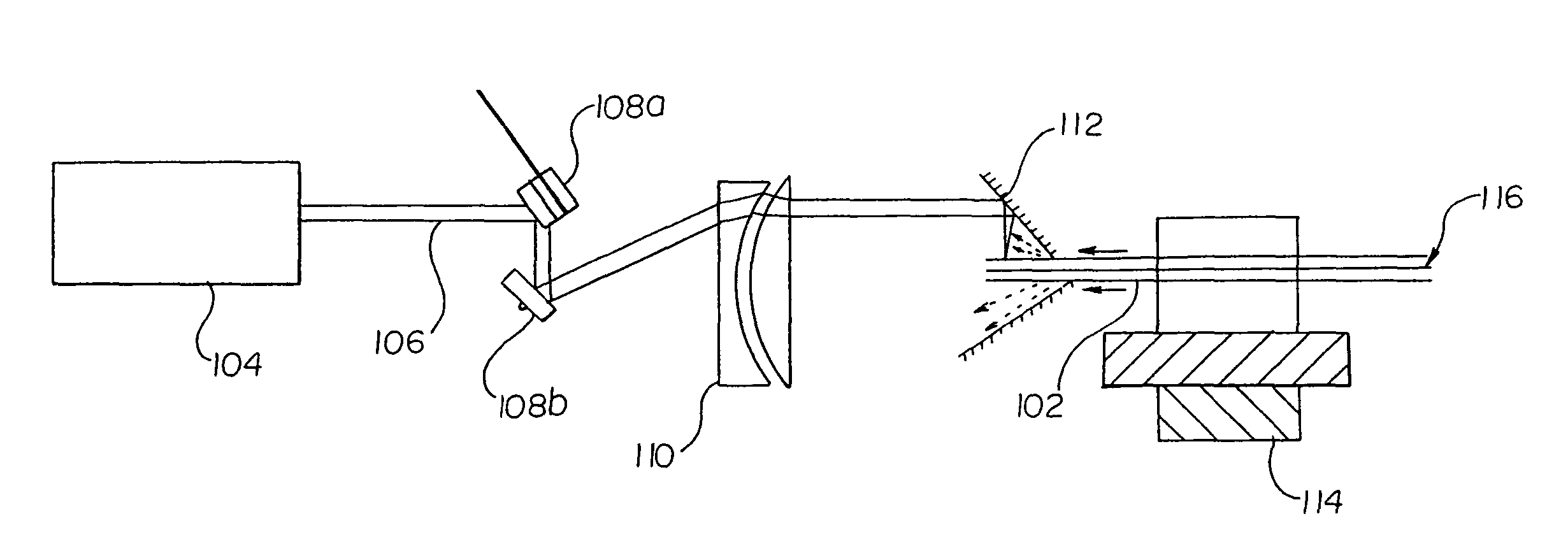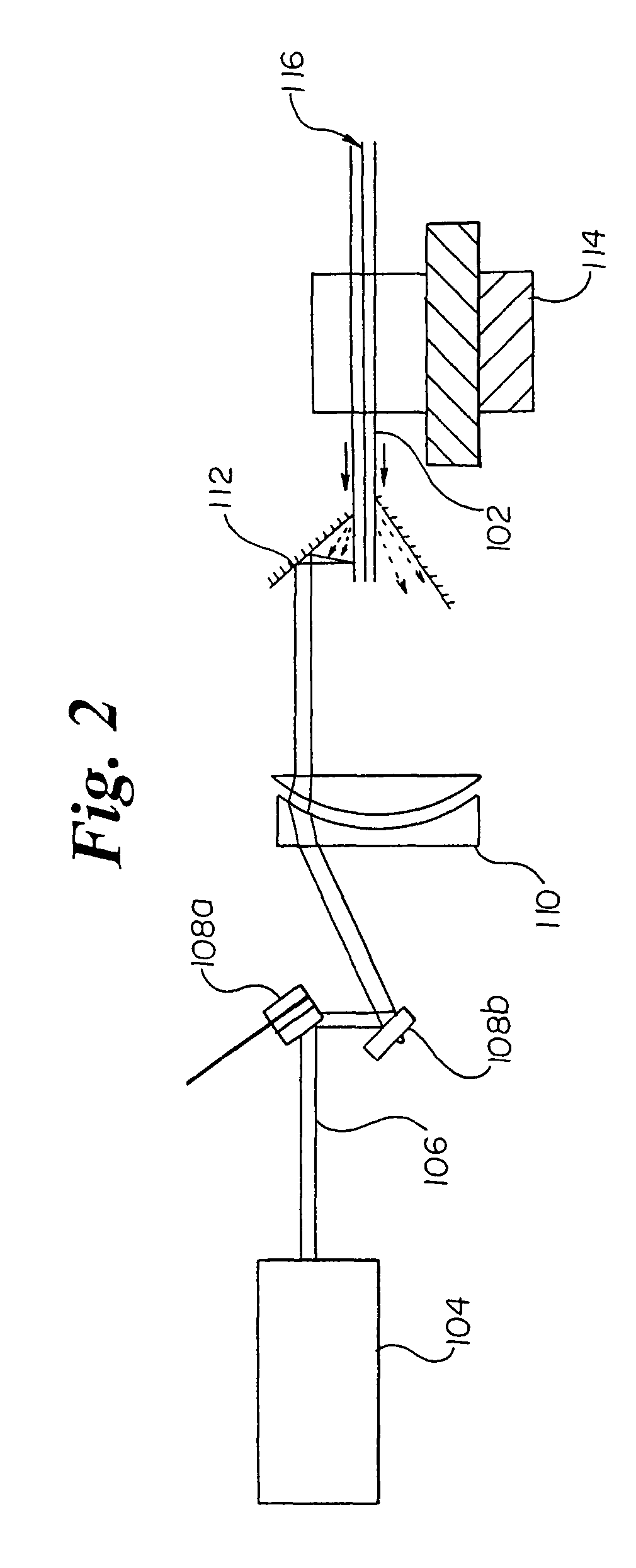Laser stent cutting
- Summary
- Abstract
- Description
- Claims
- Application Information
AI Technical Summary
Benefits of technology
Problems solved by technology
Method used
Image
Examples
Embodiment Construction
[0029]While this invention may be embodied in many different forms, there are described in detail herein specific embodiments of the invention. This description is an exemplification of the principles of the invention and is not intended to limit the invention to the particular embodiments illustrated.
[0030]For the purposes of this disclosure, like reference numerals in the figures shall refer to like features unless otherwise indicated.
[0031]In one embodiment, the instant invention is directed to a method of manufacturing a stent. The method involves cutting a desired pattern in a tube and comprises the steps of providing a tube having a longitudinal axis therethrough, providing a stationary source of laser radiation, generating a beam of laser radiation using the source of laser radiation, and cutting a desired pattern into the tube by scanning the beam over a desired region of the tube to remove portions of the tube in the desired pattern of the stent and leaving portions of the ...
PUM
| Property | Measurement | Unit |
|---|---|---|
| Angle | aaaaa | aaaaa |
| Area | aaaaa | aaaaa |
| Biocompatibility | aaaaa | aaaaa |
Abstract
Description
Claims
Application Information
 Login to View More
Login to View More - R&D
- Intellectual Property
- Life Sciences
- Materials
- Tech Scout
- Unparalleled Data Quality
- Higher Quality Content
- 60% Fewer Hallucinations
Browse by: Latest US Patents, China's latest patents, Technical Efficacy Thesaurus, Application Domain, Technology Topic, Popular Technical Reports.
© 2025 PatSnap. All rights reserved.Legal|Privacy policy|Modern Slavery Act Transparency Statement|Sitemap|About US| Contact US: help@patsnap.com



